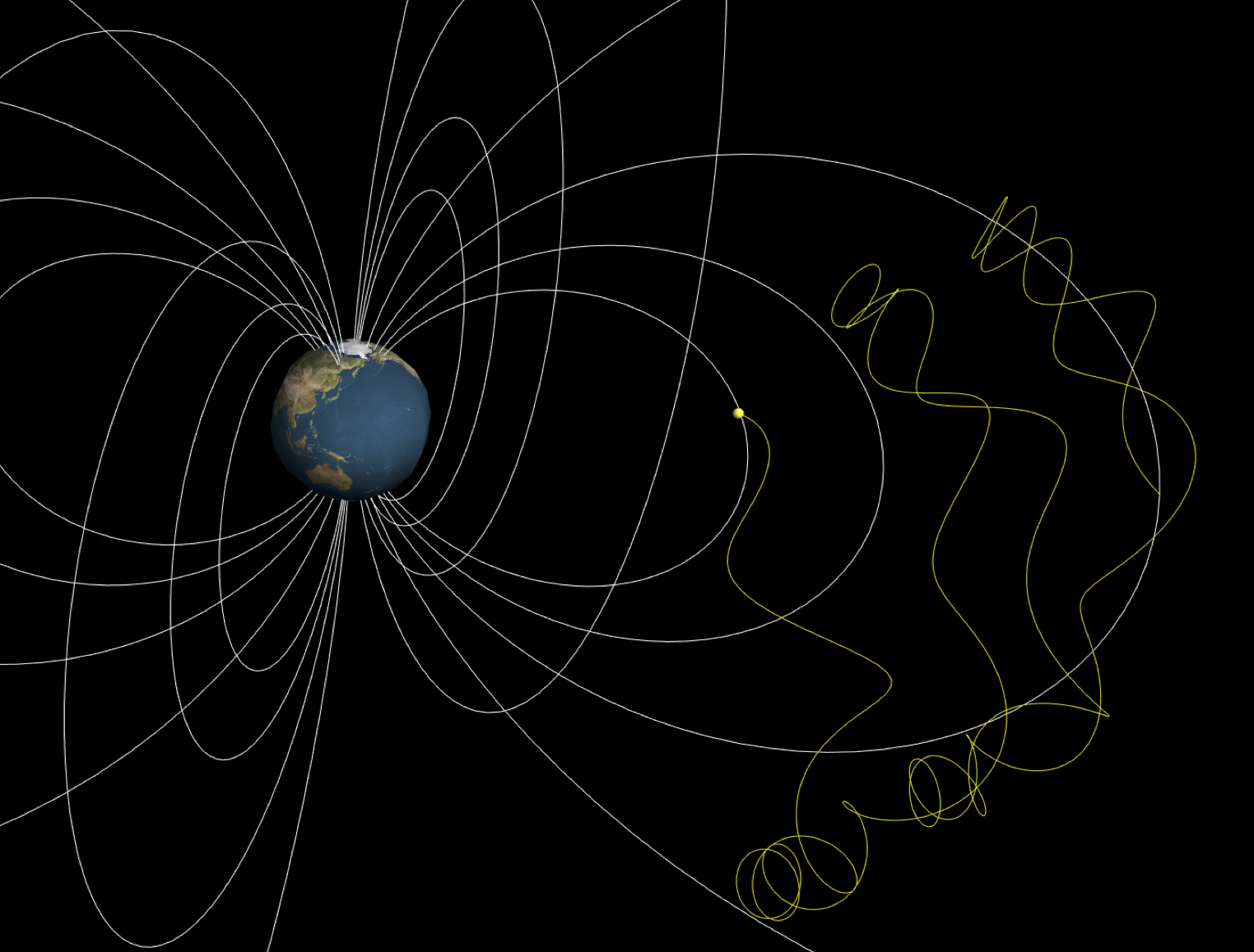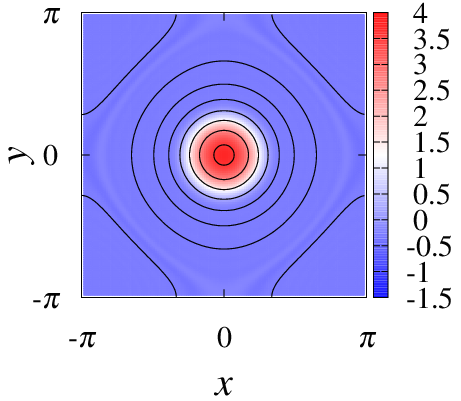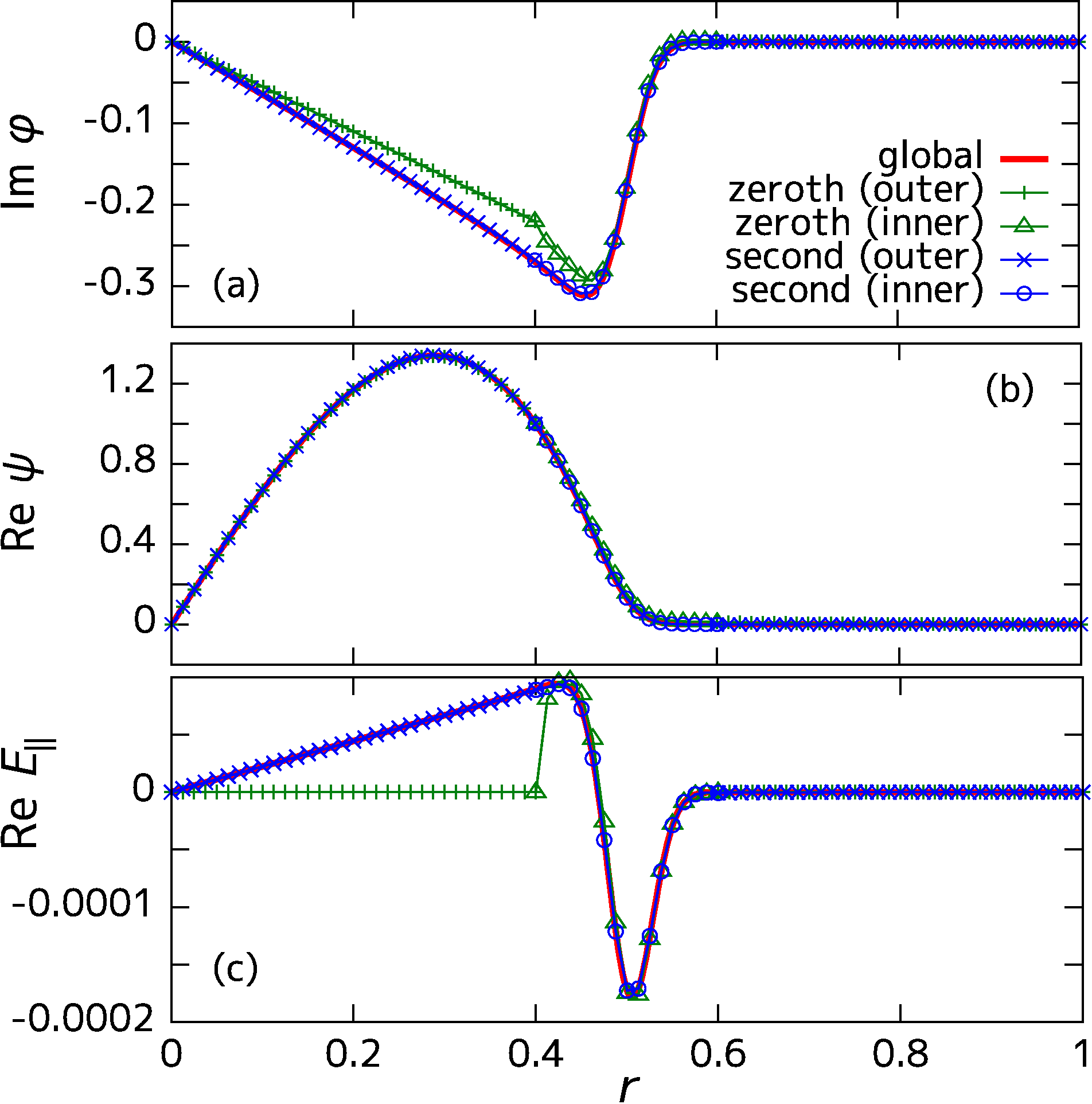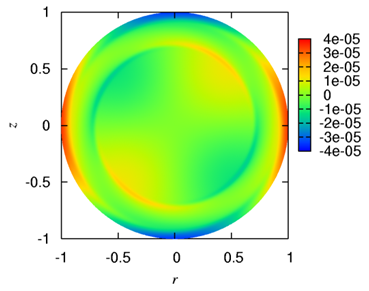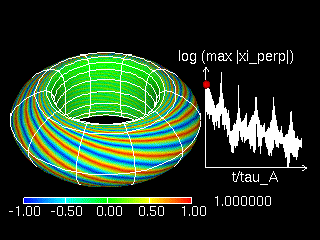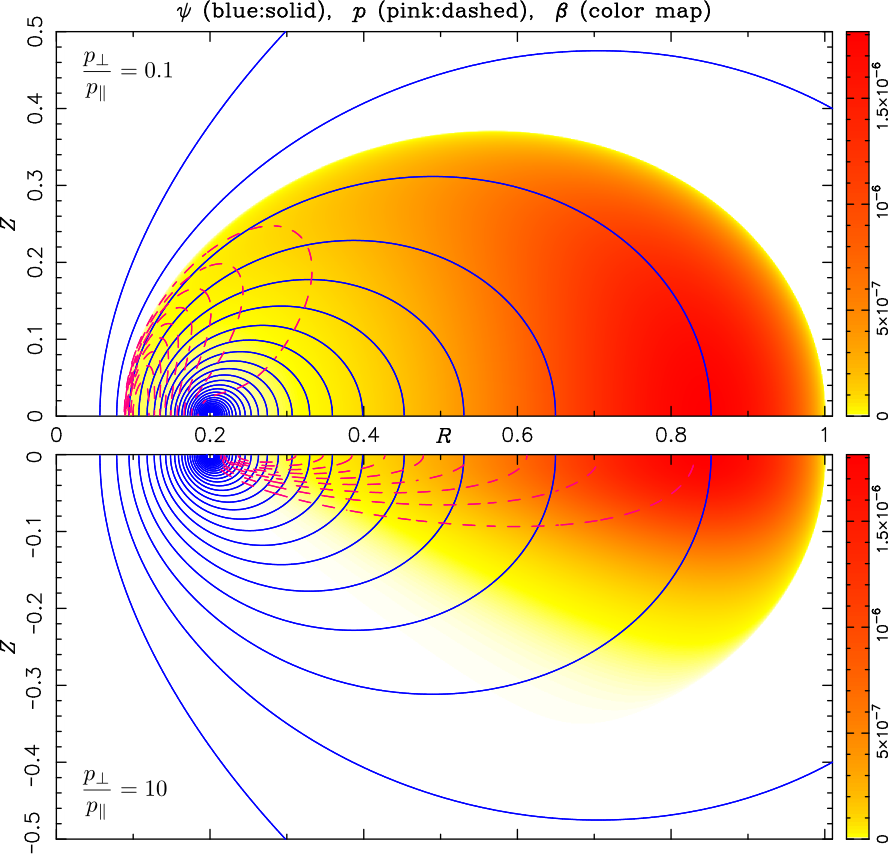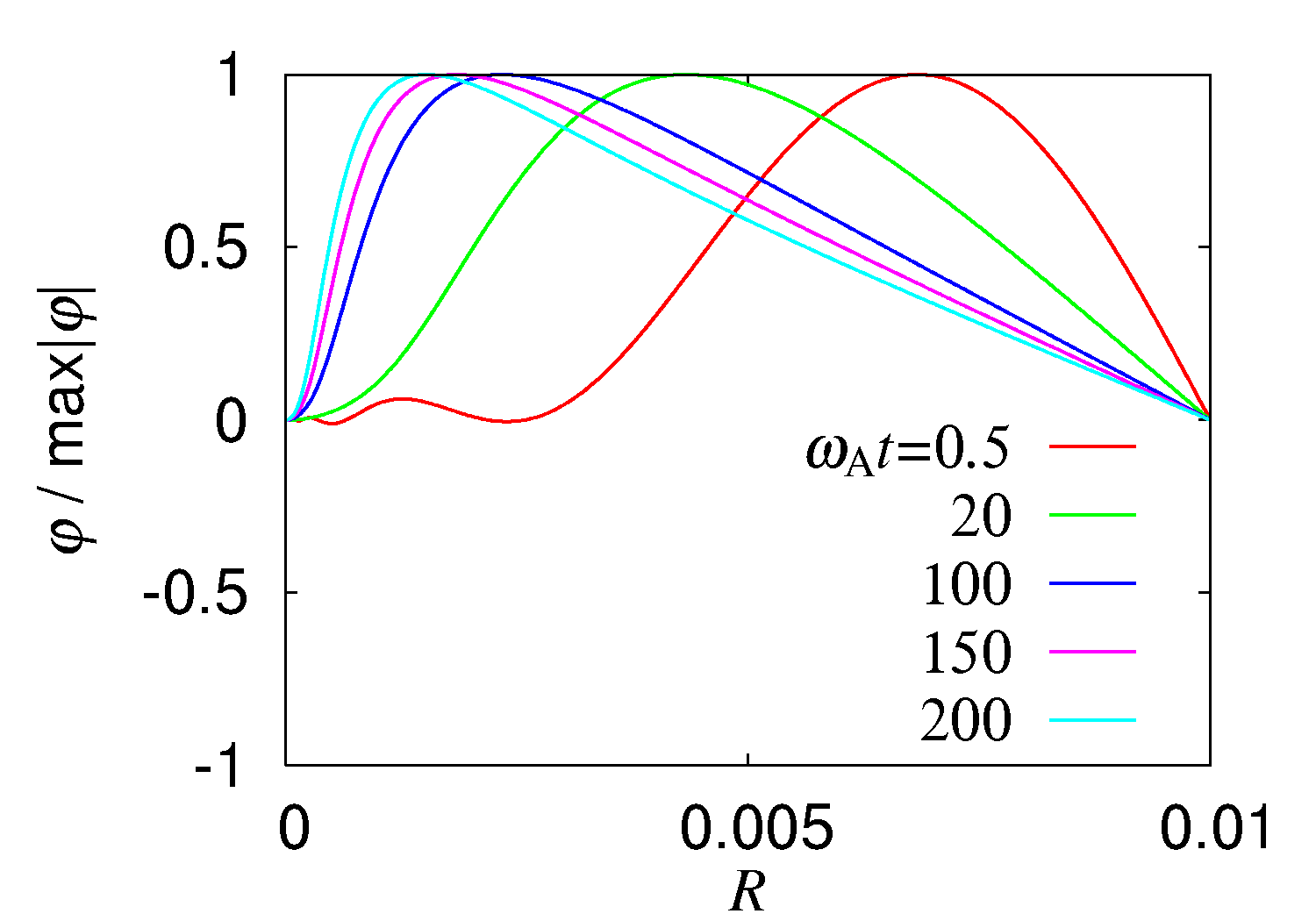We often observe phenomena in nature that an ordered structure arises spontaneously from a completely random state, and on the other hand that an ordered structure changes step by step to reach a chaotic state eventually. Since the laws of physics are universal, we also observe such phenomena in laboratories. Among fluid phenomena for example, we know well the stripe pattern (zonal flow) of the Jovian atmosphere, and the transition from a laminar flow to a turbulent flow in a pipe. A plasma, which is an ionized gas, interacts with electromagnetic fields, and thus shows a rich variety of complex phenomena. The laws of physics themselves governing these phenomena are not complex, however, their nonlinearity generates the complex and various phenomena.
The mathematical Engineering aims at solving problems in engineering through making mathematial models that represent the problems, often developing appropriate solution methods, and understanding the essense of the problems. For example, our plasma dynamics studies have contributed fusion energy development.
Moreover, the mathematical engineering is interdisciplinary. Suppose one have solved a particular problem in engineering. If the problem has the same mathematical type as other, possibly many, problems in different research fields, the solutions to these problems have the same type. In other words, solving a problem can solve many problems in different research fields at the same time. This is really a fascinating aspect of the mathematical engineering.
News
- 2025-04-01
-
Assistant Professor Tomonari Nakayama has joined our laboratory.
- 2025-03-26
-
A topical review paper (invided) ''Simulated annealing of reduced magnetohydrodynamic systems'' has been publisheed in Reviews of Modern Plasma Physics. Professor M. Furukawa collaborated with Prof. P. J. Morrison (Univ. Texas at Austin).
Please access the paper at this URL.
- 2025-03-18
-
Yusai Masamoto finished his graduate study and got a doctoral degree
in engineering.
- 2025-02-16
-
A paper ''Investigation of preferable pressure and current density
profiles for improving no-wall MHD stability of tokamak DEMO reactor
including self-consistent bootstrap current calculations'' will appear
in Fusion Engineering and Design.
The first author, Yusai Masamoto, is a third-year student in the
doctoral course. This is a collaborative work with QST and Kyoto University.
The final version of the article can be freely downloaded at
this URL
until April 7, 2025.
- 2025-01-28
-
A paper ''Hamiltonian structure of single-helicity, incompressible
magnetohydrodynamics and application to magnetorotational
instability'' has been published in Physics of Plasmas.
Professor M. Furukawa collaborated with Assoc. Prof. M. Hirota (Tohoku
Univ.).
Here is the URL.
- 2024-10-01
-
We have five newcomers (BC3).
- 2024-02-12
-
A proceeding of the 34th IUPAP Conference on Computational Physics
(CCP2023) has been accepted for publication. The title is
''Effect of inclusion of Hamiltonian dynamics to simulated
annealing of reduced magnetohydrodynamics equilibrium calculations''.
Professor M. Furukawa collaborated with Prof. P. J. Morrison
(Univ. Texas at Austin).
- 2023-10-27
-
Professor M. Furukawa gave an invited talk
''MHD equilibrium and stability analysis via simulated
annealing''
in the 27th Workshop on MHD Stability Control (joint with an
US-Japan MHD workshop) held in Boulder, CO., USA.
- 2023-10-01
-
We have seven newcomers (BC3).
- 2022-10-10
-
We have published a paper ''Linear stability analysis via simulated annealing and accelerated relaxation'' in Physics of Plasmas. This paper has been chosen as an Editor's Pick.
Here is the URL.
- 2022-10-01
-
We have seven newcomers (BC3).
- 2022-07-18
-
We have published a paper ''Method to Predict Outputs of Two-Dimensional VAWT Rotors by Using Wake Model Mimicking the CFD-Created Flow Field'' in the energies journal.
Here is the URL.
- 2022-06-04
-
We have published a paper ''Analytical Model for Phase Synchronization of a Pair of Vertical-Axis Wind Turbines'' in the energies journal.
Here is the URL.
- 2022-04-19
-
We have published a paper ''Numerical Analysis of the Dynamic Interaction between Two Closely Spaced Vertical-Axis Wind Turbines'' in the energies journal.
Here is the URL.
- 2022-06-02
-
We have published a paper in Plasma and Fusion Research, which summarizes an oral presentation in the 30th International Toki Conference (Nov. 2021).
The first author is a doctral student in our laboratory.
The research is conducted under collaboration with QST.
Here is the URL.
- 2021-10-01
-
We have six newcomers (BC3).
- 2020-10-14
-
We have nine newcomers (BC3).
- 2020-09-02
-
We have published a paper in Physics of Plamas on the basis of a
master's degree study in our laboratory. The first author graduated from our
laboratory in March 2020.
Here is the URL.
- 2019-11-28
-
Asst. Prof. Ooshida hosted Tottori Nonlinear Workshop 2019 (Nov. 27-28).
For details, click here (in Japanese)
- 2019-11-11
-
Prof. Furukawa gave an invited talk at the 3rd Asia-Pacific Plasma
Physics Conference held in Hefei, Anhui, China, Nov. 4-8, 2019.
- 2019-10-09
-
We have six newcomers (BC3).
- 2019-07-20
-
We have shown our activities in "Open Campus 2019" on July 20.
- 2018-10-26
-
We have renamed our lab as
"Mathematical Engineering of Complex Systems Laboratory".
- 2018-10-22
-
We have seven newcomers (BC3).
- 2018-07-31
-
We have published a paper in Physics of Plamas, which is an achievement
under collaboration among University of Texas at Austin, National
Institute for Fusion Science and Tottori University.
The second author was a graduate school student in our laboratory.
Here is the URL.
- 2018-07-31
-
A commentary "Simulated annealing of MHD equilibria including flows
and magnetic islands" by M. Furukawa has been published in the Journal
of Plasma and Fusion Research (in Japanese).
Here is the URL.
- 2018-04-01
-
We have renewed the web page of Nonlinear Dynamics / Continuum machanics Laboratory.
